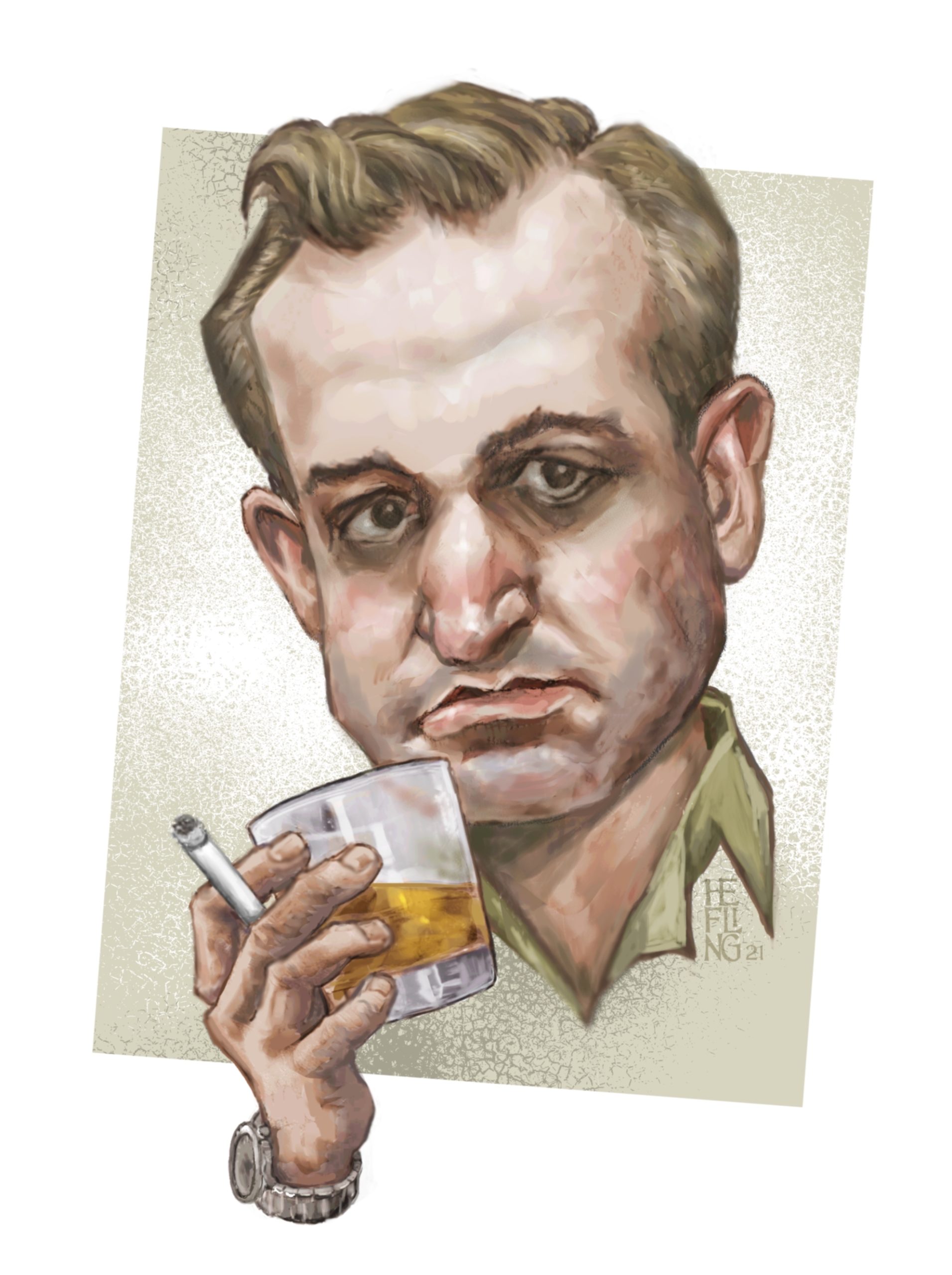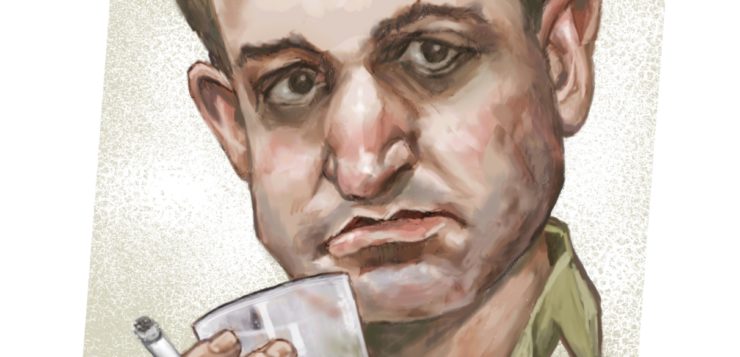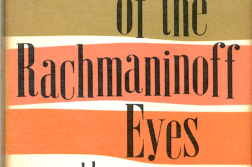AS AN AMERICAN who came out as a teen in Italy in the early 1980s, my favorite gay novel (which I discovered years later) is The Gallery. Written by John Horne Burns (1916–1953), a snide young World War II private from Connecticut, it reveals the dynamic, underground gay life he encountered in chaotic Naples during the Allied occupation of Italy in 1944.
 While the action unfolds decades before I first hit Naples, the swarm of barflies that Burns spotlights is much like the bunch I encountered in 1984 in the still-closeted, militarized city. I returned for the first Naples Pride march in 1996, and again with my husband in 2013, when we were shocked to see that the entire historic port was the site of a rollicking Gay First Friday festival. Rereading The Gallery gives me a stunning sense of the social progress that has evolved over the past century in one of the world’s oldest, continuously populated cities.
While the action unfolds decades before I first hit Naples, the swarm of barflies that Burns spotlights is much like the bunch I encountered in 1984 in the still-closeted, militarized city. I returned for the first Naples Pride march in 1996, and again with my husband in 2013, when we were shocked to see that the entire historic port was the site of a rollicking Gay First Friday festival. Rereading The Gallery gives me a stunning sense of the social progress that has evolved over the past century in one of the world’s oldest, continuously populated cities.
Graduating from Harvard in 1937, Burns served in the military but never saw combat. Because he spoke Italian, he served in Intelligence, and thus was able to observe Neapolitans at a much more intimate level than most grunts. His central character, the one who brings the boys together in The Gallery, is “Momma”—a grand dame who roams the bombed-out streets on the lookout for her heroes: young Allied warriors she suspects are gay. She gives each a card inviting them to her bar in the Galleria Umberto, a shattered, teeming Victorian arcade. Writes Burns:
Momma’s boys had an awareness of having been born alone and sequestered by some deep difference from other men. For this she loved them. They had an air of being tremendously wise, older than the human race. They understood one another, as though from France and New Zealand and America they all had membership cards in some occult freemasonry. And they had a refinement of manner. Their conversation was flashing, bitter and lucid. More than other men they laughed much together, laughing at life itself perhaps. Momma’d never seen anything like her boys. Some were extraordinarily handsome, but not as other men were handsome. They had an acuteness in their eyes and a predatory richness of the mouth as though they’d bitten into a pomegranate. Momma dreamed that she was queen of some gay exclusive club.
Most people think that gay American fiction first arrived in 1948 with Gore Vidal’s The City and the Pillar or Truman Capote’s Other Voices, Other Rooms. John Holmes Burns beat them by a year with The Gallery, a critically acclaimed bestseller applauded by none other than the macho Ernest Hemmingway.
The Military Police in The Gallery’s Naples allowed Momma’s bar to remain open for only three hours each evening, and they routinely harassed her about the clientele: “You’re getting away with murder in this joint. Now you can just take your choice. Either you get rid of most of the people who come here, or we’ll put you off limits.”
Among the joint’s patrons was a Black second lieutenant from Richmond who “seemed to have the idea he was stepping onto some lighted stage, who moved his hips ever so slightly and carried his hands tightly against his thighs. ‘Hulllllo darling,’ he said to Momma, kissing her fingers. ‘You look simpppply wonderful tonight. Who does your hats? Queen Mary? It’s going to be brilliant here tonight, absolutely brilliant, I feel it way down inside.’” Mingling, he croons the latest Billie Holiday single, “Strange Fruit,” and flirts with the Desert Rat, who
never spoke to a soul. He was the handsomest and silentest boy Momma’d ever seen. His short-sleeved shirt showed the cleft in his neck just above the hair of his chest. He wore the tightest and shortest pair of shorts he could get into, and he leaned lost and dreaming against the bar. Those legs were part of the poetry of the Desert Rat for Momma—long, firm, tanned and covered from thigh to calf with thick soft hair. For three hours this English boy would stand in Momma’s bar, doped and dozing in maddening relaxation and grace from the white wine. He took off his black beret and pushed a hand through his rich inky hair. She saw him from all perspectives in the mirrors, all the loveliness of his majestic body. He’d loved once—perfectly, somewhere. Momma would cheerfully have slain whoever had hurt him so.
We learn that Momma’s own wounded heart helps drive her obsession with gay men. She is stuck in a stale marriage to a cranky husband who notes her increasing girth by telling her she looks like “a Sicilian carthorse.”
In real life, Burns was as bitchy as Momma’s husband. In a 2013 biography, Dreadful: The Short Life and Gay Times of John Holmes Burns, David Margolick reveals that Burns is obscure now because, unlike Vidal and Capote, he never topped his first novel and died a bitter alcoholic in 1953 at the age of 37. But The Gallery enjoyed a long afterlife in reprints throughout the ’50s and ’60s, until its novelty dimmed amid the avalanche of post-Stone-wall gay literature. Thankfully, this exquisite book was reprinted once more in 2004, when I first discovered it.
Dan Mathews is the author of two memoirs, Committed andLike Crazy. He is a senior vice president of PETA.





